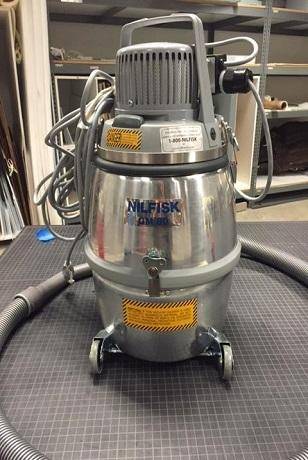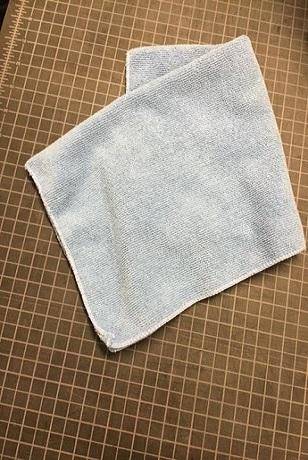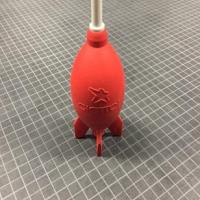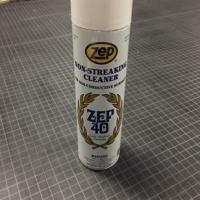The Denver Art Museum is in a battle, a constant battle, with a dangerous opponent that could damage artwork in the blink of an eye. What is this perilous foe? Dust. How do we combat it? Through weekly gallery maintenance.

Close up of an object before cleaning. Bear mask (detail). Kwakwaka’wakw, Quatsino Band. Wood, fur, skin, glass. Late 19th century.
What is Gallery Maintenance?
The gallery maintenance crew at the Denver Art Museum consists of three women with over 20 years of combined museum experience in registration, collections, and exhibitions. Each member of the team received intensive training in art handling, art cleaning, and preventive conservation prior to starting work at the museum. On Mondays, when the museum is closed, the gallery maintenance members put these skills to good use cleaning the numerous galleries and artworks in the North and Hamilton Buildings. We do our best to ensure that you enjoy your museum experience, but we also do this to protect the art from harmful dust and to keep everything looking its best.
Our Tools
We utilize special tools to gently and carefully clean the artwork on view (see slide show below). Some of the tools that we use include hake brushes, variable speed vacuums with HEPA filters, air puffers, and microfiber dusters and cloths. Tools like hake brushes are specially made to be soft on the art, yet tough on dust. Our variable speed vacuums have special filters that trap the dust and controls that manage the suction power so we do not damage the artwork. Microfiber dusters and cloths are tough enough to remove fingerprints and dust, but don't leave scratches on the mounts and Plexiglas cases. Products like bleach and glass cleaner that we all use at home would cause serious damage to artwork, so we use specialized cleaners and tools to protect the artwork for generations to come.
All exhibitions present different challenges, so we are always adapting how we clean each space. For example, we use a 30-foot scissor lift to get to the tops of the totem poles in the Northwest Coast gallery, and the giant Alexander Calder mobile that hangs above Fox Games in the modern and contemporary gallery. We even have adapted to cleaning the many slanted walls in the Hamilton Building with extra-long microfiber dusters and ladders.
Why do we do what we do?
Dust is damaging. It is abrasive, attracts pests, and discolors the surfaces of the artwork. By cleaning regularly, we are protecting the art for future visitors. In addition to the galleries, we also clean in the collections storage areas. If never cleaned, objects can physically change over time as dust can become embedded in varnishes and surfaces.
Perks of the Job
Can you imagine getting up close and personal with the artwork? No, we mean really close! The most enjoyable part of our job is interacting with the art and seeing it in new ways. Whether it's cleaning frames, a sculpture, or a textile, we notice different details every time. We also get to spend time in the exhibition spaces when no one else is there. It's a physically engaging job and the days go by quickly. We know that people may not see us or the work we do, but we will be affecting their experience in a positive way.
Contributor Bios
Kate Smith is an assistant in the registrar’s department at the Denver Art Museum. Kate has been at the DAM since 2014 and her favorite artwork that has been on view here is The Things I Have To Do To Maintain Myself by Roxanne Swentzell.
Stephanie Gilmore is a collections assistant in the collections management department at the Denver Art Museum. Stephanie has been at the DAM in different positions in the exhibitions and collections services division since 2007. Some of her favorite artworks on view here include Sandy Skoglund's Fox Games, William Matthews's Trespassing, and the lacquer installation All That Glitters in the Asian gallery.
Jesse Laird Ortega is the curatorial assistant in the New World department at the Denver Art Museum. Jesse has been at the DAM since 2011 and her favorite artworks on view are the Moche portrait head vessels in the pre-Columbian study galleries, as well as Elaine de Kooning’s Bullfight and Brad Kahlhamer’s Eagle Claws on level 3 of the Hamilton Building.
Top image: (pictured left to right) Kate Smith, Stephanie Gilmore, and Jesse Laird Ortega.










